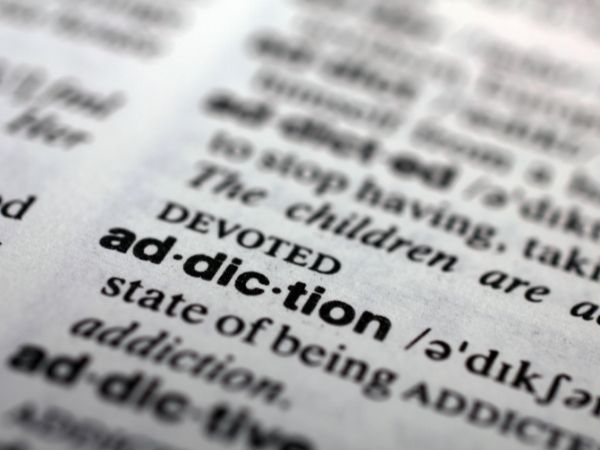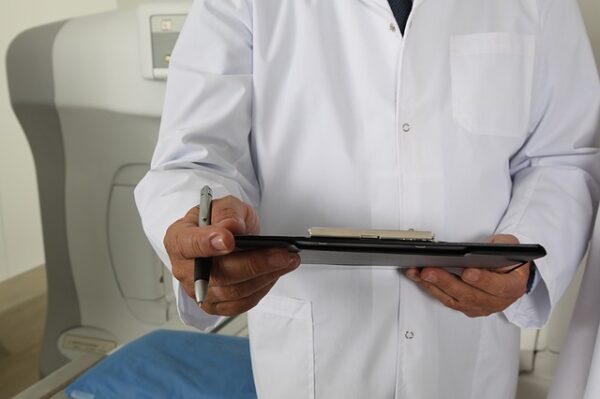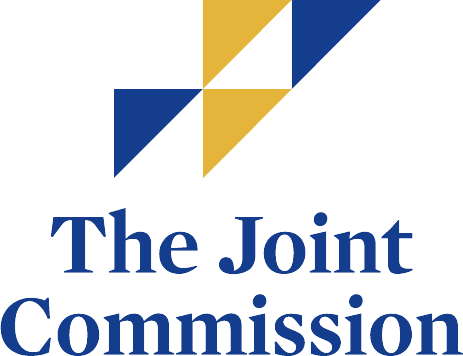Even with the advancements in science and medicine, many people remain misinformed. Medication-assisted treatment or MAT is no stranger to myths, or more severely, fake news. Though it appears to be counterproductive for a drug addict to recover from addiction with the use of drugs, many people see it negatively without exploring its positive benefits.
In this article, we’ll explore more about MAT and why it’s a commonly misunderstood treatment for drug abuse. Moreover, we’ll bust those myths about medication-assisted treatment and provide you nothing but facts backed by science and medicine. Let’s get to it!
What is Medication-Assisted Treatment?
MAT is a treatment for substance abuse related to substances like heroin or prescription pain relievers that contain opiates. Undergoing MAT is a guided process that contains psychological and medical intervention to give the patient a holistic recovery path ahead of him. Unlike traditional rehabilitation, MAT’s greatest advantage is not total withdrawal from the drug.

In traditional rehab, patients experience withdrawal symptoms because they’re prevented from using the same substance. In MAT, the patient takes two kinds of drugs administered properly at the right doses. These drugs are methadone and buprenorphine. Methadone has been around since the 1970s while buprenorphine was FDA-approved only back in 2022.
Both methadone and buprenorphine are opioid receptors in the brain. However, they do not cause uncontrollable drug-seeking behavior in patients like heroin. Instead, these two drugs don’t give the same euphoria as heroin but it only aims to pave the way for the brain to adjust until the patient’s reliance on drugs subsides.
Myths About Medication-Assisted Treatment
Myth # 1: MAT Leads to Another Kind of Addiction
Doctors administer methadone and buprenorphine to MAT patients. Regardless of the fact, the patients are still under the influence of drugs. Yes, they’re not under the influence of heroin anymore. However, the use of methadone and buprenorphine will lead to another kind of drug addiction. In effect, patients will never recover because they’re still using drugs to get better.

FACT: Drug addicts administer heroin in doses that give a euphoric effect. Clinically, doctors handling MAT administer methadone and buprenorphine at “moderate” levels. Even though patients take them daily, the medication doesn’t make them high. Instead, it facilitates mental stability while undergoing psychiatric treatment.
Myth # 2: MAT Delays True and Total Recovery
One of the famous myths about medication-assisted treatment is that it doesn’t lead to true recovery. Many people see methadone and buprenorphine as a “crutch” that’ll only help patients control the urge. MAT, as they argue, doesn’t lead to true recovery because of continued reliance on drugs. It is not a great treatment because it still uses drugs even though it’s not heroin.
FACT: Yes, methadone and buprenorphine are opioid inhibitors. However, medication-assisted treatment statistics say that MAT increases the chances of patient retention in treatment. Moreover, what you should pay more attention to is the fear of withdrawal. Many drug addicts who undergo treatment fear the debilitating symptoms of withdrawal. With MAT, withdrawal symptoms are lessened and patients can easily re-enter society without struggling from withdrawal.
Myth # 3: MAT Can Cause Deformities or Abnormalities to an Unborn Child
Pregnant women who are opioid addicts expose their unborn child to deformities and abnormalities when taking opioids during pregnancy. The same happens with methadone and buprenorphine since these are opioid inhibitors as well. Pregnant women undergoing MAT will suffer the same consequences as if they’re taking real opioid substances.

FACT: The Association of Women’s Health, Obstetric, and Neonatal Nurses recommends MAT for mothers with opioid disorders. Evidence for medication-assisted treatment in pregnant women yields minimal risks. However, there are rare cases of babies having neonatal abstinence syndrome but such is far more favorable than physical or mental abnormalities.
Myth # 4: MAT is Costly
Another famous myth that dissenters throw around relates to the cost of medication-assisted treatment. When there’s no more false reason to throw, dissenters just say that MAT is expensive. Given that this treatment requires patients to undergo a detailed and comprehensive program, MAT is impossible for those without money to pay for treatments.
FACT: The National Institute of Drug Abuse (NIDA) estimates the cost of this treatment, as enumerated.
- Methadone – $126 per week including medicine, daily psychosocial therapy, and medical support services
- Buprenorphine – $115 per week including medicine and twice-weekly visits to a certified opioid treatment program

Based on the data from the Bureau of Labor Statistics, the median weekly earnings of Americans for the first quarter of 2021 is around $989. If you take methadone treatments, the cost of MAT per week is just 13 percent of your weekly salary. In other words, it is cost-effective.
Moreover, wage earners will also have no trouble sponsoring this treatment. Assuming the average hourly wage of Americans as of May 2021 at $11.29, one week of methadone is equivalent to 11.16 hours. It can be one and a half day’s work in an eight-hour workday.
Myth # 5: MAT is only for Severe Cases
You’ve probably heard MAT being administered to patients who have been in and out of rehab. Hence, you concluded that MAT is only for the severest cases. More so, traditional rehab is still the best way to recover from drug addiction because it prevents patients from using any kind of drug to recover. Unlike MAT, only the “lost causes” will benefit from this treatment.
FACT: MAT is for all kinds of opioid abuses. Whether it’s mild or severe, MAT can help patients recover. The criteria set by the Diagnostic and Statistical Manual of Mental Disorder, 5th Ed. (DSM-5) classifies opioid abuse into mild, moderate, and severe. Regardless of the level, MAT will work. The only thing that would differ is the length of treatment.
Know More About MAT
The MAT program is a great way to recover from drug addiction and re-enter society without the fear of debilitating withdrawals. Though unfounded myths about medication-assisted treatment tarnish its effectiveness as a medical treatment, knowing how MAT truly works makes all those myths above nothing but false and misguided information. Moreover, MAT helps in keeping patients interested in therapy as medically monitored drugs help them become more stable as they continue to re-discover themselves without the influence of drugs.
Buena Vista Health and Recovery Centers’ doors are wide open to accept people who want to re-enter society free from the chains of drugs. We are Arizona’s top and famous drug and alcohol rehabilitation center, and our MAT programs are tailor-fit to the needs of the patient. At Buena Vista, we also offer other services like alcohol detox. We are also the go-to medical detox services in Arizona because of our experience and dedication to helping every patient until they recover. Call us now at 800-922-0095 and tell us your story.





